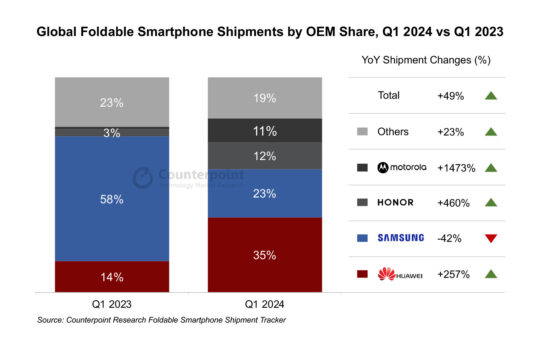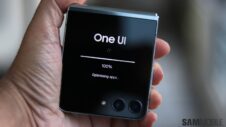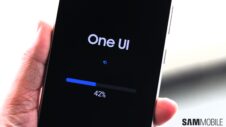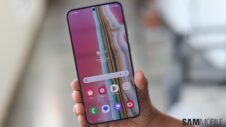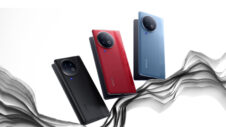Samsung had the first movers advantage in the foldable smartphone segment. Its Galaxy Z smartphones were way ahead of the competition, but that isn't the case anymore. The company is falling behind in terms of hardware improvements, and that has started to show up in sales charts. The sales of Samsung's foldable smartphones dropped sharply this year.
Samsung's Galaxy Z series shipments dropped by 42% in Q1 2024
According to the latest figures from market research firm Counterpoint Research, the shipments of Samsung's Galaxy Z series foldable phones dropped 42% in Q1 2024 compared to last year. Samsung dropped from the first rank to the second position in the list of top foldable smartphone brands. Huawei overtook Samsung and reached a market share of 35%. The shipments of the Chinese brand's foldable phones rose by 257% (2.57x) compared to Q1 2023.
As you can see in the chart above, Samsung's market share in the global foldable smartphone segment was 58% in Q1 2023, while Huawei's was just 14%. However, Huawei did impressively well in overtaking Samsung in just one year.
Sales of Galaxy Z devices could improve in Q3 2024, as Samsung is expected to launch Galaxy Z Flip 6 and Galaxy Z Fold 6 in July 2024. Some people might have been waiting for those phones to arrive before upgrading, which could also have affected shipments of Samsung's foldable phones.
Honor, another Chinese firm, grew even faster than Huawei. Its market share in the foldable smartphone segment improved from 3% in Q1 2023 to 12% in Q1 2024. That's a massive improvement of 460% in just one year. Honor was earlier a sub-brand of Huawei, but the company now says it is independent of Huawei and operates separately.
Motorola's sales have improved by a huge margin. Last year, it didn't even find a spot in the top five foldable smartphone brands chart. This year, its shipments skyrocketed by 1,437%, making the company the world's fourth-biggest foldable smartphone brand. It now has an 11% share of the global foldable smartphone market.
Watch our review of the Galaxy Z Flip 5 in the video below.
Author's Note: Even though Samsung had a first-mover advantage, the company didn't innovate at a pace fast enough after the Galaxy Z Flip 3 and the Galaxy Z Fold 3. Its hardware innovations slowed down, and Chinese smartphone brands were able to catch up and even leave Samsung behind in the past couple of years.
Rival foldable phones from Chinese brands now have bigger camera sensors, brighter screens with a less visible crease, bigger batteries, and faster charging speeds. While Samsung still has the most sophisticated software among all foldable phones, brands like OnePlus are catching up in that regard, and it won't be long before software stops being a notable differentiator for Samsung.
Even with its upcoming foldable phones, the Galaxy Z Flip 6 and the Galaxy Z Fold 6, Samsung doesn't appear to have made any notable improvements in the cameras, battery capacity, and charging speeds. So, it is concerning to see Samsung lose its footing in an area where it used to excel. Playing it safe won't be good enough for the company anymore.

